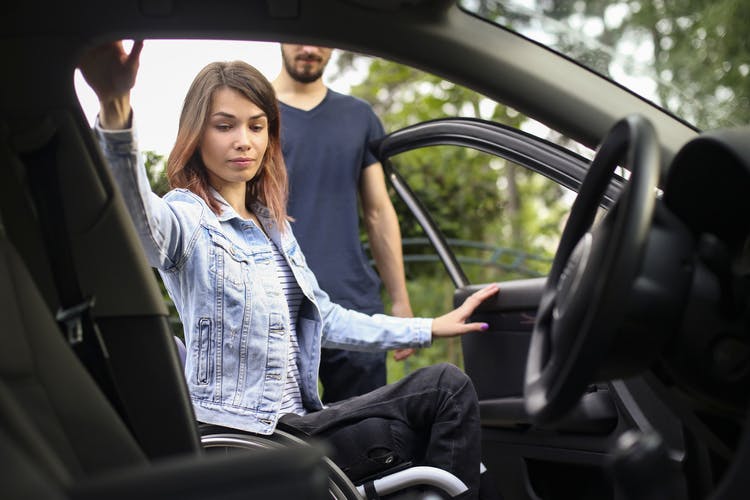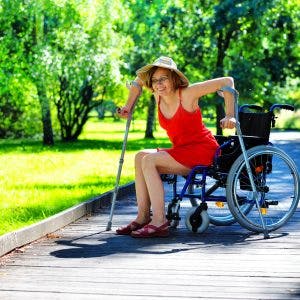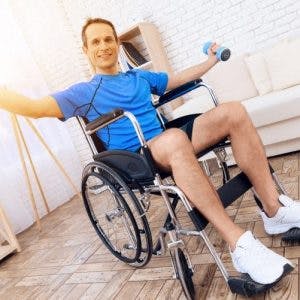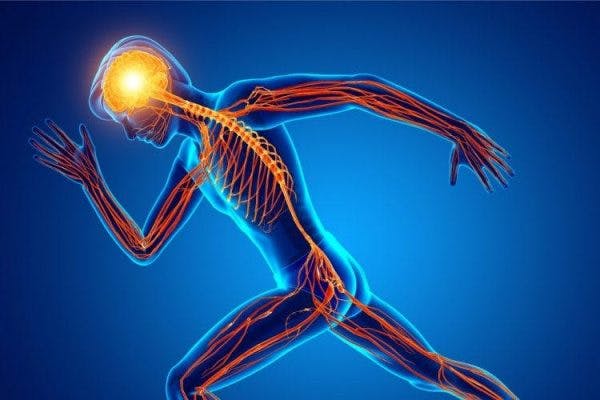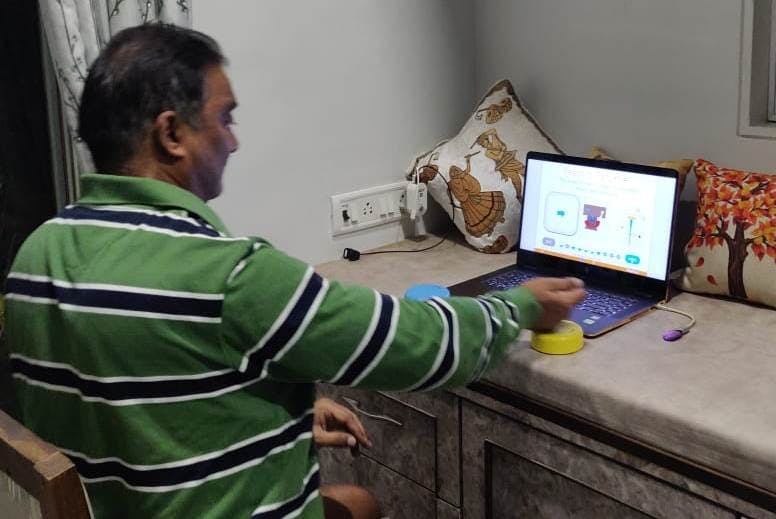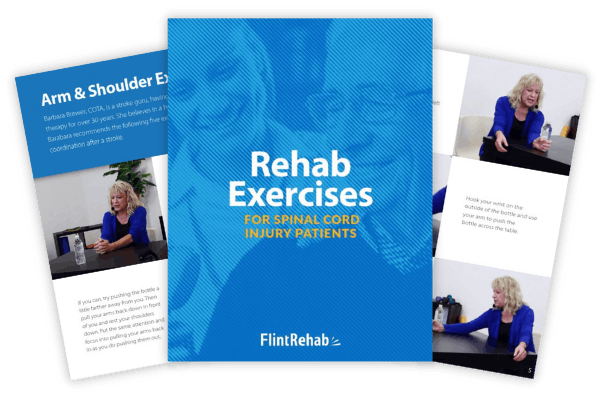Driving after a spinal cord injury can be a realistic recovery goal, depending on the severity and level of your injury. With the help of car adaptations, many individuals with spinal cord injuries can get on the road again and maximize their independence.
To help you understand the process of driving again after spinal cord injury, this article will discuss:
Safety Tips for Driving After Spinal Cord Injury
Driving after a spinal cord injury generally means relearning how to drive. Driving with car adaptations to compensate for limited mobility is a completely different experience that requires training and practice.
Individuals must consider how their spinal cord injury and the complications associated with it can affect their safety and the safety of others on the road.
For example, if spasticity in the legs causes your legs to jerk, you’ll want to find a way to stabilize them while driving. This can involve having the legs strapped in place or wearing a brace to minimize movement. Additionally, it would likely mean you’d have to learn to use hand controls to drive rather than a typical gas and brake pedal.
A Certified Driver Rehabilitation Specialist will access your functional abilities and suggest techniques and car adaptations that will help keep you safe while driving. The following section will discuss car adaptations for individuals with spinal cord injuries.
Car Adaptations for Spinal Cord Injury
With the right car adaptations and training, many individuals with paraplegia (paralysis of the lower body) after spinal cord injury are able to drive. Car adaptations are designed to help make the individual as safe and functional as possible on the road.
Examples of car adaptations for spinal cord injury patients include:
- adapted hand controls for steering, brake, and/or gas
- automatic doors
- convertible roofs
- EZ lock system to lock your wheelchair into place
- reduced effort steering
- wheelchair lifts/ ramps
- all-direction seat adjusters
Because every spinal cord injury is unique, every individual will be recommended different types of car adaptations based on their specific motor impairments.
The video below demonstrates how individuals with various types of spinal cord injuries utilize car adaptations to drive again.
Now that you’re familiar with some of the car adaptations that can help individuals drive again after spinal cord injury, let’s discuss the process of obtaining your driver’s license.
How to Drive Again After Spinal Cord Injury
In order to drive again after a spinal cord injury, individuals must be physically and cognitively up to the task. Similarly, vehicles may need modification to help you be as functional as possible while driving.
Here’s a general guide to driving after spinal cord injury. Keep in mind that procedures will vary depending on which state you live in.
1. Find a Certified Driver Rehabilitation Specialist
First, find a certified driver rehabilitation specialist or an occupational therapist with a specialty certification in driving and community mobility. This individual will guide you through the driving eligibility process.
Click here to find a certified driver rehabilitation specialist in your area »
2. Get a Clinical Evaluation
Next, your driver rehabilitation specialist will evaluate your physical, visual, and cognitive abilities. If they believe that you can safely operate a car, you’ll undergo a driving evaluation to determine what types of car adaptations you will need.
Then, your driver rehabilitation specialist will prescribe the necessary car adaptations and equipment. This often involves utilizing a driving simulation to trial various adaptations to see which work best for you.
3. Get Car Adaptations
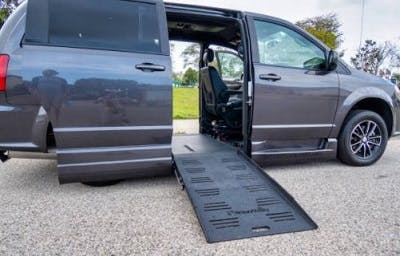
The next step involves getting your car modified to ensure you’re as functional and safe as possible while driving.
Depending on the level and severity of your spinal cord injury, some car adaptations may be more ideal than others. For example, individuals with T6 spinal cord injuries and lower generally have unaffected functioning of the upper body. As a result, they should be able to perform transfers in and out of their car and drive the car with hand controls.
If their injury is incomplete and results in some spared motor control of the upper body, then individuals with injuries as high as C6 or C7 may be able to independently transfer in/out of a car and drive the car with adaptations.
As mentioned above, some individuals with SCI will be able to independently transfer in/out of a seat of a car, while others will need to remain in their wheelchairs while driving. In such cases, it is ideal to have a larger car, a wheelchair ramp, and a system to lock the wheelchair into place.
Keep in mind that not every car is wheelchair accessible and some individuals may need to purchase a new car altogether. Many vehicle manufacturers offer financial assistance toward the cost of adaptive equipment.
Click here to discover manufacturers that offer rebates and reimbursements for car adaptations »
4. Learn How to Drive with Car Adaptations
After you get your car adaptations installed, your driver rehabilitation specialist will provide personalized training and teach you how to use them.
Driving with car adaptations after spinal cord injury may feel uncomfortable at first, but it will get easier with practice.
5. Pass the Driving Test
The final step to driving after spinal cord injury is to go to the DMV, take your driving test, and obtain your license. The requirements and test are exactly the same as they are for non-disabled drivers.
You will need to prove to your test administrator that you’re able to proficiently use your car modifications and safely drive again.
Once you pass the test and get your license, you’re good to go!
Driving After Spinal Cord Injury: Key Points
Driving after spinal cord injury can provide a boost to your independence and self-confidence. Hopefully, you can get back on the road and return to daily activities. If you can’t immediately pass your driving test, keep pursuing rehabilitation to maximize your chances.
We hope this article helped you understand how to get on the road again. Depending on the severity of your injury and what state you live in, the process may differ.

